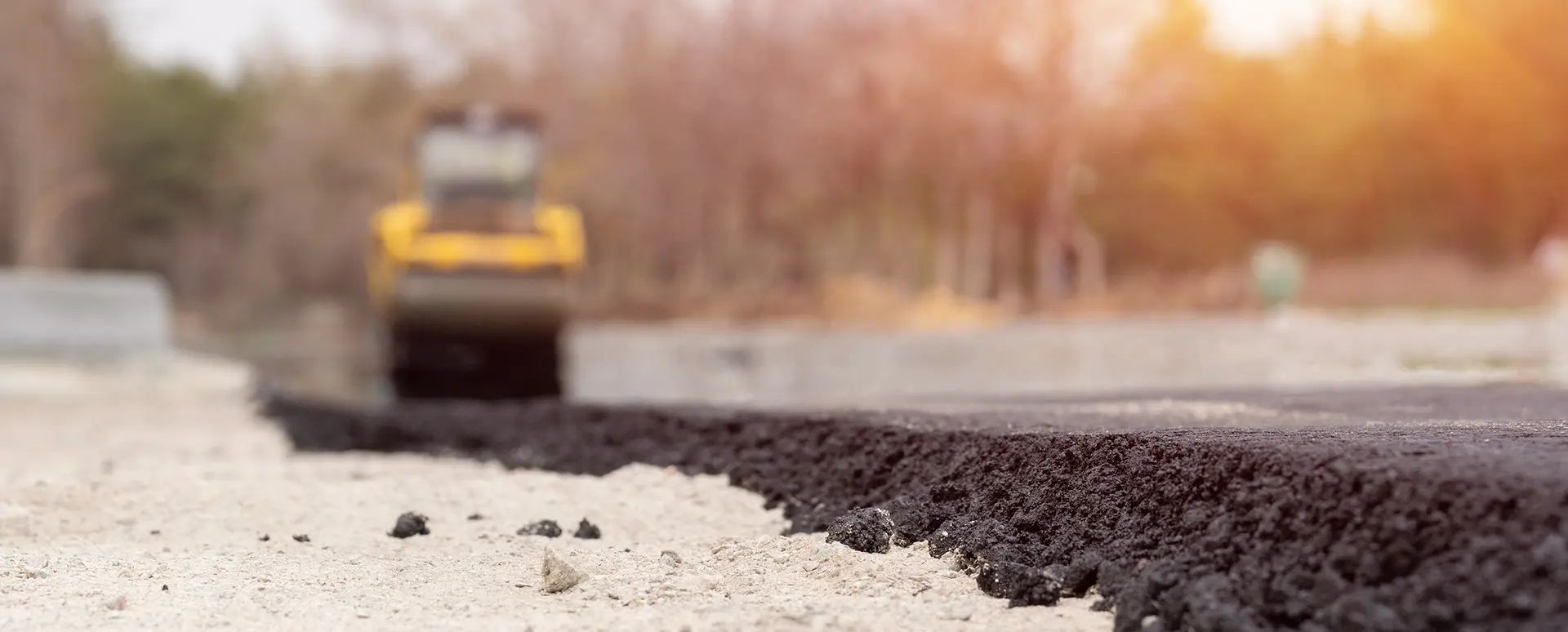What is Hydrated Lime?

Hydrated lime, sometimes referred to as “slaked lime” or more likely just “hydrate”, is a versatile chemical with many uses across numerous industries and applications. Technically, hydrated lime is calcium hydroxide, Ca(OH)2, a derivative of quicklime – another versatile chemical with even more uses. As the name implies, water is used to hydrate quicklime in a process known as slaking. When quicklime is slaked, water is added to facilitate an exothermic reaction, changing quicklime to hydrated lime. This process is carried out using large, specialized equipment known as hydrators. These industrial hydrators continuously add the exact amount of water needed to quench the chemical reaction between quicklime and water. Hydrators not only control the water and quicklime additions, but they also provide the necessary agitation to properly hydrate the quicklime into hydrated lime.
Let’s work together.
Although water has been added in the process, physically, the end result of hydrated lime is a dry, fine powder with a relatively low density and high purity and is very chalky white in color. The bulk density of hydrated lime can range from about 25 to 40 lb/ft3 with 35 lb/ft3 being an average value. In layman’s terms, it looks and feels like baking flour but is obviously intended for very different usage.
Hydrated lime can be high calcium, magnesian, dolomitic, or hydraulic. High calcium hydrated lime contains almost entirely calcium hydroxide and is typically what is referred to as hydrated lime. If there is an elevated amount of magnesium, present as magnesium hydroxide (Mg(OH)2), then the hydrated lime is referred to as magnesian. If the amount of magnesium hydroxide approaches fifty percent, then the hydrated lime is referred to as dolomitic. The magnesium oxide (MgO) present in magnesian and dolomitic quicklime requires increased pressures to properly hydrate, resulting in even more specialized operations/equipment. Hydrated lime that is referred to as hydraulic contains considerable amounts of silica, alumina, and iron, usually from clay deposits in the source material, and results in a material that is used for building applications. Air-entraining additives can add to the durability of the final product when working with hydraulic lime. These additives result in the formation of microscopic air bubbles that can help resist additional forces, such as in freezing conditions. ASTM Standard C207 defines hydrated lime for masonry purposes as:
- Type N — normal hydrated lime
- Type S — special hydrated lime
- Type NA — normal air-entraining hydrated lime
- Type SA — special air-entraining hydrated lime
What is the Difference Between Lime and Hydrated Lime?
Lime is a general term for many calcium-based materials, including hydrated lime, lime slurry, lime putty or lime kiln dust (LKD). However, when the term “lime” is used, it almost always refers to quicklime. In short, quicklime is produced when limestone (CaCO3) is calcined, or cooked, at high temperatures for long periods of time, resulting in a reactive oxide – calcium oxide (CaO). As previously mentioned, quicklime can be further processed into hydrated lime by adding the right amount of water and agitation. “Lime” does not apply to limestone or any carbonate form of lime, nor agricultural lime (aglime), although it is often wrongly used in this way.
Uses of Hydrated Lime
Construction
- Soil stabilization – Permanently increases the strength of subgrade soil.
- Soil modification – Improves engineering properties of poor/weak soil.
- Asphalt – Anti-strip agent bonds aggregates to asphalt cement.
Environmental
- Remediation – Treats hazardous wastes and soil.
Building products
- Concrete – Increases density and water resistance.
- Mortar – Improves strength.
- Plaster – Enhances durability and workability.
- Stucco – Improves finish coating.
- Glass & insulation – Improves durability.
- Building restoration – Restores historical buildings with the same material used in original building methods.
- Hempcrete – Necessary component for creation of non-bearing walls, insulators, finishing plasters and blocks.
Industrial
- Flue gas treatment – Captures acid gas.
- Water treatment – Aids coagulants and removes dissolved metals.
Manufacturing/production
- Steel – Corrects pH and helps with finishing.
- Chemical – Essential to many chemical manufacturing processes.
- Paper – Contributes to improved quality, process efficiency, and environmental considerations.
- Sugar – Corrects pH, removes color and impurities.
- Paint – Primary ingredient in limewash, extends pigments in paint and other pigmented products.
Agriculture & Food
- Disinfectant – Prevents infectious disease.
- Soil amendment – Increases the pH of acidic fields.
- Food industry – Used in vegetable pickling and as a calcium supplement.
What is Hydrated Lime Made of?
Chemically, hydrated lime is calcium hydroxide, Ca(OH)2. It consists of calcium oxide and water. When these two ingredients are combined in the proper proportions, the result is hydrated lime, or “hydrate” for short.
Is Hydrated Lime Safe?
As with any chemical, hydrated lime must be treated with respect and used as it is intended for desired outcomes. It is an alkaline material with an elevated pH of 12.4, so proper PPE should be used to keep it out of the eyes, respiratory tract, digestive system and off the skin. It is stable and only perishable when CO2 is present and absorbed.
Still have questions? Contact us today for additional information on hydrated lime, or to see if it’s the right product for your next job site.
We're here to help you find the best solution for your next project. Let's get started. Give me a call at 937-641-9901.

Josh Weser
Mintek Resources
Related Posts
Building Big Starts Below Ground: Soil Strategies for Mega Projects
Mega construction projects come with unique soil challenges that can derail schedules and inflate budgets if not addressed early. Managing soil variability across hundreds of acres while achieving the bearing capacity required for massive structures demands a...
Cold Weather Liming for Construction Sites: Everything That You Need to Know
Winter construction doesn't have to mean costly shutdowns. Cold weather liming for construction sites leverages the exothermic reaction of lime-based products to dry, modify, and stabilize soils even in freezing conditions. This comprehensive guide covers the science...
Tariffs Disrupt Construction: Lime Keeps Projects Moving
Tariffs are reshaping the construction landscape. From cement and steel to aluminum and other essential materials, shifting trade policies are creating ripple effects across the industry. Even when prices hold steady, the uncertainty around future costs and sourcing...